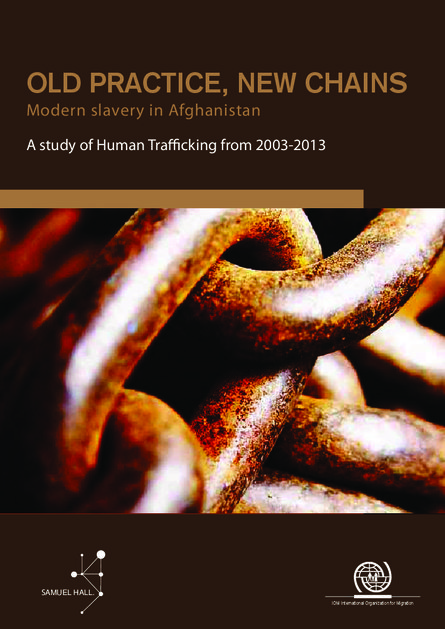
For a topic that conjures vivid images in the public imagination, trafficking in persons remains largely misunderstood as the forcible movement of people. Yet, other disquieting images—the child bride given to resolve a conflict, the “dancing boy” kept as a sex slave, and the household toiling in bonded labour—are also forms of human trafficking. While these examples are drawn from the Afghan context, trafficking in persons (TIP) remains a global scourge with national and regional variations in terms of trends, prevalence, and acceptance.